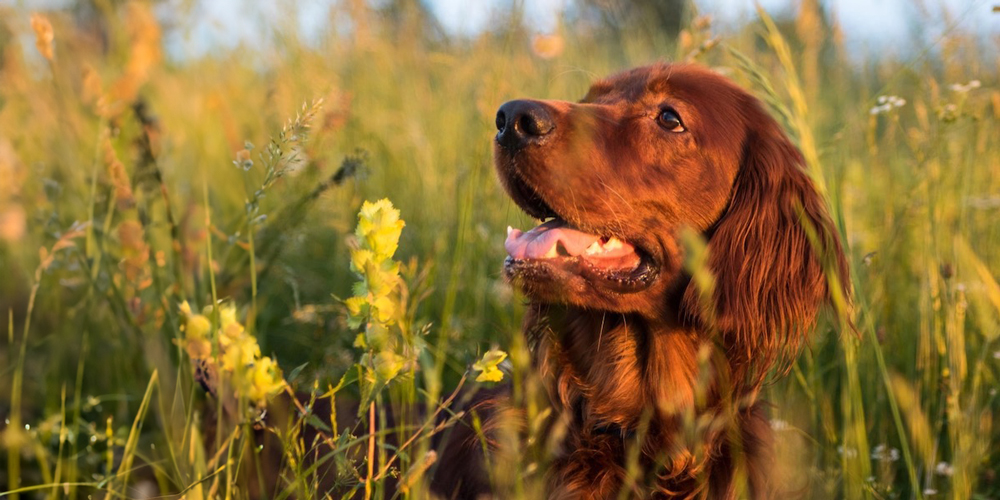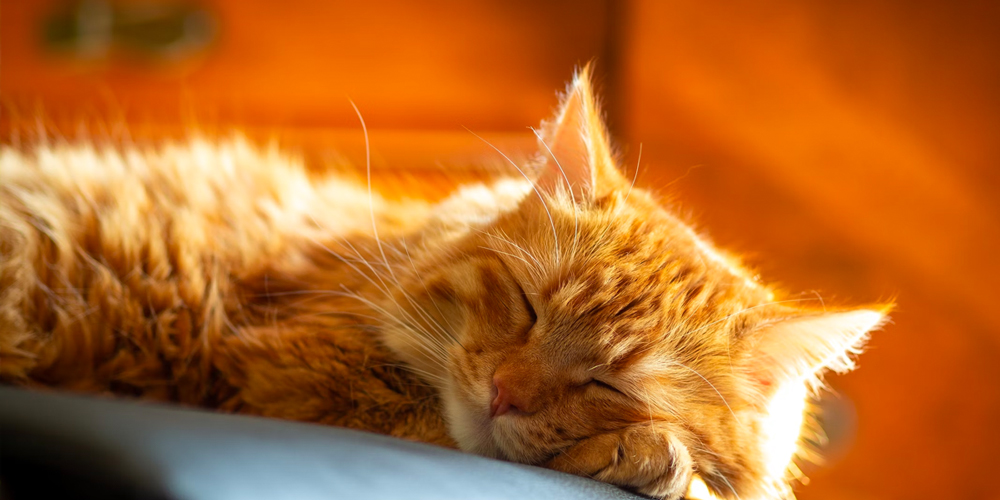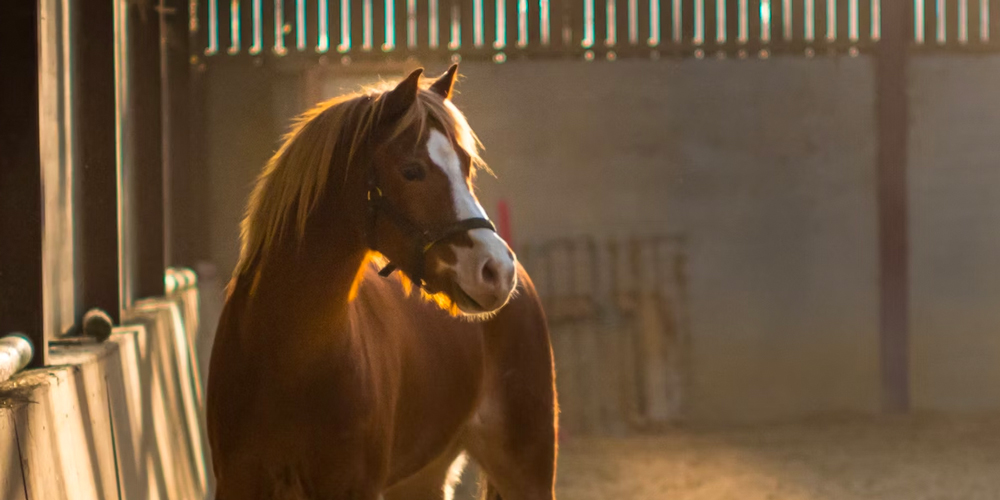With August bank holiday on the horizon, many of you might be planning to head out in the sunshine.
Whilst it’s great to be reminded of what summer should feel like, the heat isn’t such a luxury for our furry friends.
Hot weather can be uncomfortable and dangerous for animals, especially for the ones who spend a lot of time outdoors. To help with your pet’s safety, we’ve put together a few ways you can keep them cool without restricting their summertime fun too much.

Dogs
Dogs tend to be one of the main concerns when warm weather strikes. They’re such active pets that it can be difficult to maintain regular exercise without triggering any heat-related illnesses.
Research has found that 75% of all canine heatstroke cases are due to over-exercising on hot days, so we recommend walking your pet early in the morning when it’s a bit cooler. On some days, it might be better to skip the walk altogether if the risks are too high. We know this can be difficult, but their safety is more important than their walkies!
To check whether it’s safe to walk your dog, simply touch the pavement with the back of your hand for seven seconds. You know the surface is too hot for your pup’s paws if you can’t hold out for the full seven seconds.
If you’re unsure on the symptoms of heatstroke, here’s what to look out for:
- Panting/noisy breathing
- Restlessness
- Drooling
- Red gums or tongue
- Lethargic
- Diarrhoea or vomiting
- Increased heartrate
Heatstroke is more common in the very young or elderly, as well as ‘flat-faced’ breeds such as pugs. You should contact a vet as soon as your pet displays any of these symptoms.
But keeping your dog cool doesn’t have to all be doom and gloom. There are lots of fun methods which still provide relief from heat, such as a paddling pool to splash around in or tasty ice cube treats!
The secret to keeping your dog cool is to plan ahead. If you know it’s going to be a hot day or you’re taking your pup out, make sure there are plenty of water stations nearby, shade to reduce direct sunlight and little to no time spent in cars.
Even if the car is parked in the shade or the windows are down, it is still not ok to leave your dog in a hot car. Temperatures inside the vehicle can become unbearable and put any dog in danger, such as dehydration, heatstroke and death in some cases.
If you see a dog in a car on a warm day:
- Assess the dog’s condition. If they’re showing any signs of heatstroke dial 999 immediately and follow emergency first aid advice from the RSPCA.
- Find out how long the dog has been in the car. A ‘pay and display’ ticket or vehicle registration could be of some use.
- Take note of the car’s registration. If the owner returns but you still feel they’d put the dog in danger, inform the police.
- If you’re at a shop, venue or event, ask a member of staff to alert the owner over the loudspeaker.
- Make sure you, or someone else, stays with the dog. Monitor their condition. If they get worse be prepared to call 999.

Cats
Stopping your cat from overheating is a little simpler than it is for dogs. Aside from topping up their water regularly, cats generally sort themselves out and find a cool place to lie on their own.
Indoor cats also need access to shady areas with plenty of ventilation because they can’t rely on the outdoors to reduce body temperature.
Though, if your cat does spend a lot of time outside, consider applying some pet-friendly suncream to the areas sensitive to sunlight – such as their nose and ears. This is even more important for hairless cats, because they have no fur to protect their skin from the sun’s rays.
Other than this, our feline friends are quite happy creating their own fun in the summertime breeze.
Small Animals
Small furries tend to be kept in enclosures. Regardless of the type of enclosure, this should be moved out of direct sunlight to stop the space and the animal itself from overheating. A shady area which has free flowing ventilation is essential, so avoid hot buildings such as greenhouses or conservatories. Remember to move the enclosure in line with the sun’s motion. An area that was shady in the morning could be in direct sunlight by the afternoon.
Bowls and bottles should be topped up with fresh water throughout the day, ensuring that all rodents and small pets have access to cool water in their enclosure.
Another thing to keep an eye on is the insects. They become a lot more active in summer, so it’s important to check for fatal conditions such as flystrike and other parasites like ticks. Check for this multiple times a day, as these little pests can find a host at any point.
Birds
If the temperature is too high for you, it is also likely to be too hot for your bird. The key is to keep them hydrated by regularly refilling water stations and misters. A lot of birds enjoy the cool evaporation as the mist brings them comfort.
Pet birds are quite good at showing when they’re hot and bothered. They start to pant and keep their wings away from their body to release any trapped heat. They also tend to sit low in the shade or high on their perch where there is more air movement (but no draft!).

Horses
Avoid any strenuous exercise and riding your horse during the hottest part of the day. It’s hard enough for them to handle the heat as it is, without the heavy-duty riding equipment.
Hot weather is not an appropriate time to transport your horse. Unless you’re planning to travel early in the morning or late at night, it’s safer to change it to a day where temperatures are lower altogether. Horses and ponies need unlimited access to water and areas to roam, which horse boxes or trailers don’t allow for.
Giving your pet a wide birth and adequate shade in their field is the most effective way to keep them cool and content.
Be On the Lookout
This is by no means a dampener on the warm weather, but as a pet healthcare company, we must stress the importance of protecting your pets in the heat.
Most animals rely on their owners to provide a safe environment adaptable to all climates, and our blog will help with the delivery and upkeep of this.
If you’re concerned your pet is displaying signs of heatstroke, dehydration or any other heat-related conditions, seek professional advice from a vet immediately.





